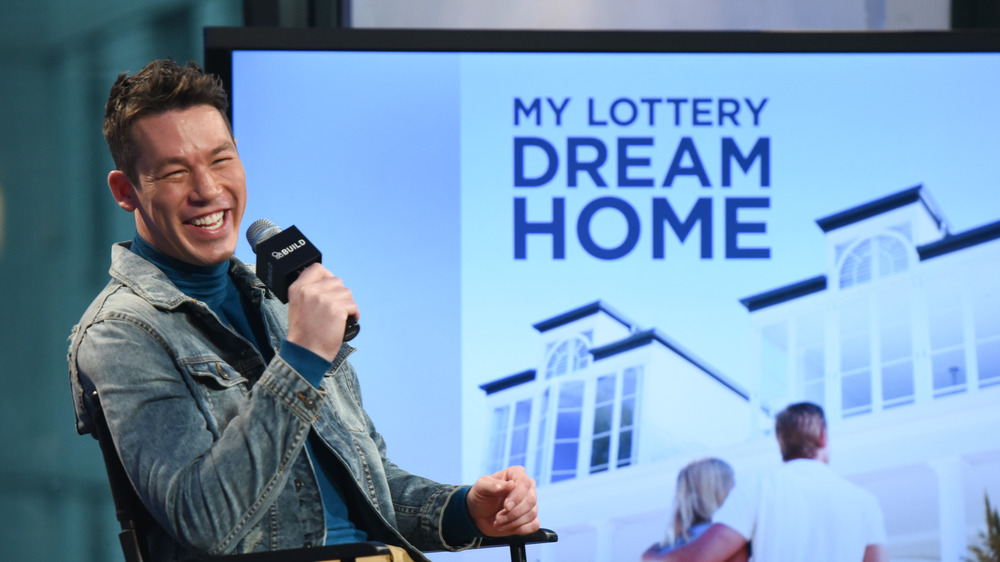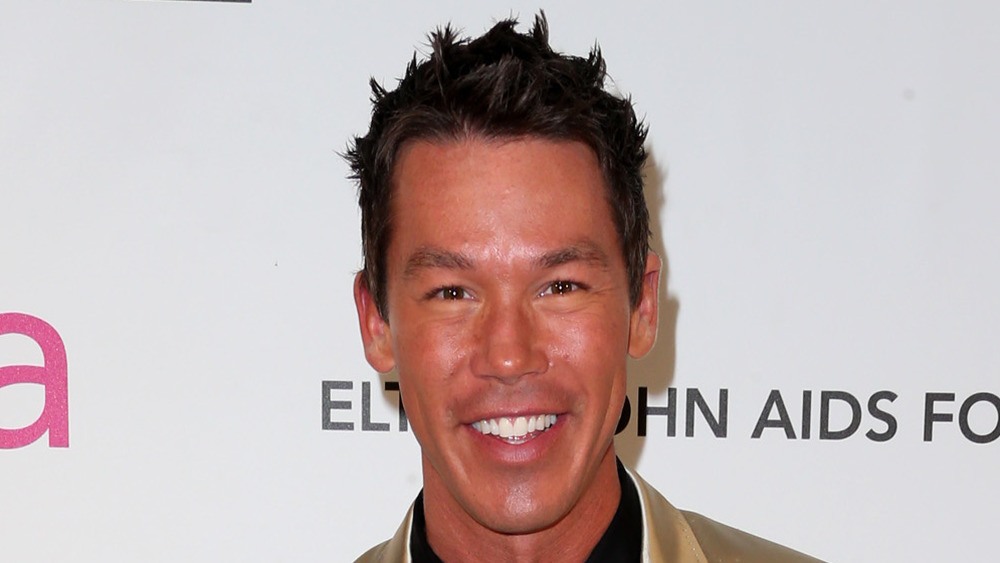The Reason The First Season Of My Lottery Dream Home Was The Most Challenging
Hosted by David Bromstad, the first official winner of HGTV Design Star, My Lottery Dream Home follows lottery winners as they search for a brand new home (via HGTV). The guests on the show vary — some have won millions, while others have won hundreds of thousands — but all of them are looking to put a chunk of their winnings into real estate. Bromstad leads the lottery winners on a quest to find their perfect home, showing them houses in their desired area and budget, and helping them make a final decision. Viewers follow the winners as they decide between grand over-the-top estates or more modest homes that fit their needs.
My Lottery Dream Home started in 2015 and continues today, with a recent announcement of Bromstad taking the show international (via The Wrap). But while it's clear that the show has found success, getting My Lottery Dream Home off the ground wasn't an easy feat.
My Lottery Dream Home struggled to get started
For most house hunting shows, it seems there are a plethora of people vying to participate and get their taste of fame. This wasn't the case for My Lottery Dream Home. In fact, the team behind the show had a hard time finding lottery winners who wanted to be featured. "Lottery winners don't really need the exposure and they don't need the money to participate," Mike Krupat, who helps produce the show, told Mediaweek. "We reached out to close to 1,000 lottery winners."
Because of this, Bromstad said it took a year to film the first two episodes. "It just started out so slow," he told The Wrap. "So, it was a lot of being on hold– 'Oooh, we have one! Oops, sorry, we don't.'" Luckily, after the first season wrapped, lottery winners began to see the appeal, and casting became a much easier task. "Once other winners saw the show and how it was about wish fulfillment and making people's dreams become a reality, people were more willing to take part," added Krupat.

